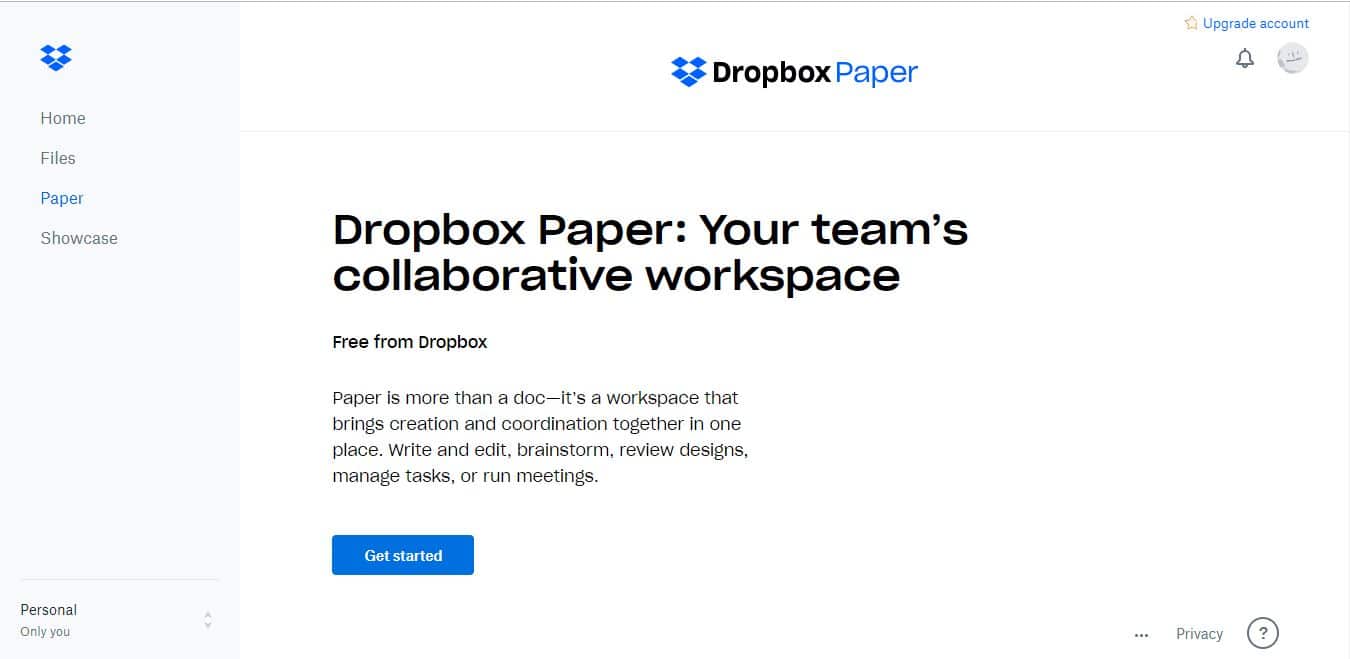
Paper documents use something we call a changeset to transform a doc from one state to another one. Because we continually make changes to our document format over the years, we have this system to allow us to make otherwise not-backwards-compatible changes with older documents. Paper has a system to mass-migrate documents from one format to another. It also solved the problem of copying text out of Paper so that it would it be represented by the characters you intended. We still would have to use the fallback images to render the emojis but at least the backing text would be something that would be ready for the native support that was being rapidly added to browsers. So, we got together in our “💩.txt” conference room (not making that up, btw) and decided to use our migration system to convert all existing docs to use the actual native character. Plus, if you tried to copy that text out of Paper and paste it somewhere else you’d get :tada: which is pretty 😐 (meh). If you started to delete the emoji, what seemed like a single character would revert to something like :tada: and then you’d have to delete all of those backing characters. That system worked well for a while but it did have its limitations.

Since the browser couldn’t render the emoji character natively, we would just insert a tag with a background-image corresponding to what the emoji would be.
#Dropbox paper down code
Then, using Paper’s multi-layered rendering system, we rendered that text on-the-fly in the browser (much like how we auto-link url’s, hashtags, and do code highlighting) into something more interesting like 😎 (captures the feeling of awesomeness). To work around this we made the backing text in your Paper doc be something like :sunglasses. There’s still no substitute for true face-to-face or even just phone time but if you’re gonna be communicating over email, chat or Dropbox Paper (ahem) you might as well give in and join the emoji revolution 😄 (blissfully excited, like, omg).

Say what now? Oh yes, I totally mean it - emojis can help fill in the gaps in human communication where voice and facial expressions are missing. Ze Frank does a great (and hilarious) job of explaining this: If information is the stuff we’re trying to convey, then exformation is the stuff that accidentally gets left out along the way - it’s the details you have to fill in as a listener to try to understand what the other person meant to say 🙊 (monkey says: “you figure out what I’m trying to say”). Was the other person angry when they told me “Ok”? Oh, I see that they added a period to “Ok.” - that definitely means that they’re angry! Does it? If there was only some way that they could tell me how they felt… 🤔 (hmmmm)


You have to do double the work in conveying and listening - you lose things like the benefit of body language, and intonation of voice. Now compound that problem with trying to communicate with someone over a digital medium. When it comes to conveying a message with other human beings you have to make sure to speak clearly, listen well, use unambiguous words, remember what the other person said, understand the context surrounding the conversation, read between the lines sometimes, pay attention to body language and intonation, comprehend cross-cultural differences, and so many more subtle intricacies. Communication is hard 😖 (it’s ok, little buddy, we’re gonna talk about some tools to combat this).


 0 kommentar(er)
0 kommentar(er)
